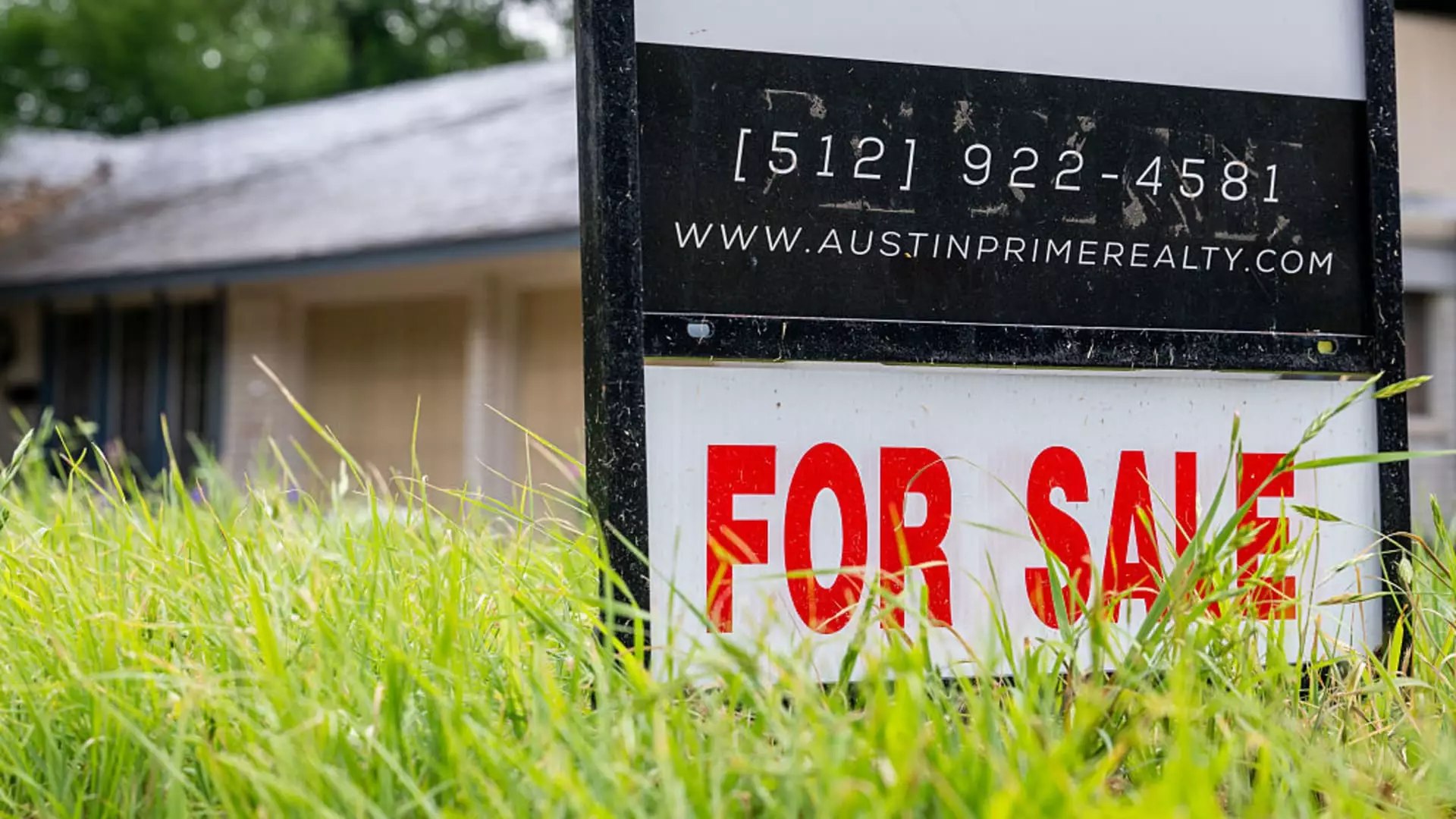Mortgage rates have held steady recently, but don’t let the stability fool you. The landscape of homebuying is shifting dramatically, and not for the better. Data reveals that mortgage applications for home purchases dropped by 4% last week alone, a fleeting indication of rising concern among potential buyers regarding future economic stability. With the Mortgage Bankers Association reporting that volume remains barely up by 3% compared to the same time last year, we cannot ignore that conditions are starkly different now.
Much of that marginal increase is a façade; it comes from buyers navigating a perilous landscape in which they’re torn between the hope of securing a mortgage and the fear of economic immobility. One must ponder, why would anyone consider rushing into buying a home when the center of gravity seems to be pulling ever deeper into uncertainty? The overall lending environment, it appears, is met with wariness, pushing many to reconsider their financial commitments.
The Diminishing Appeal of Refinancing
In this climate, refinancing has also taken a hit. Applications to refinance fell by 4% last week. The highs of previously robust demand seem to give way to a sobering realization: Many homeowners are choosing to sit and wait, in hopes that rates will plummet further before making another move. With the average loan size for refinancing dropping to just under $290,000—the lowest it has been in three months—it’s clear that many homeowners are unwilling to engage in what was once a thriving market.
This reluctance is fueled by rates that hover perilously close to the 7% mark. As a result, consumers have become increasingly sophisticated in their expectations, preferring to exercise patience rather than jump into unfavorable terms. This cautious behavior could lead to stagnation, setting off ripples throughout the economy as housing market activity slows significantly.
The First-Time Buyer Dilemma
Interestingly, the report notes that first-time homebuyers seem to be slightly more active, with FHA purchase applications showing only a minor dip. However, does this imply that entering the market is a sound strategy? Or are these individuals simply scanning for whatever flicker of opportunity exists in an increasingly unwelcoming environment? With mounting inventory in certain markets, one would think abundance could inspire buyers. Yet, the opposite seems true, as uncertainty shrouds any potential advantage.
The extended view highlights a mismatch between aspirations and realities in the housing market. The grim statistic of slowing mortgage applications suggests a collective trepidation in consumer sentiment that must be reckoned with. The overwhelming sobering truth is that many potential homebuyers are standing on the sidelines, grappling with the compounded uncertainties of job security, economic turmoil, and interest rates.
A suitable inquiry now looms: is it wise to hold off, waiting for a market that might never normalize, or will hesitation lead to missed opportunities? In the current economic chess game, it appears that too many are pawns, vacillating in wait while the market dynamics undergo a significant transformation—a development that could reshape the future of homeownership for years to come.

